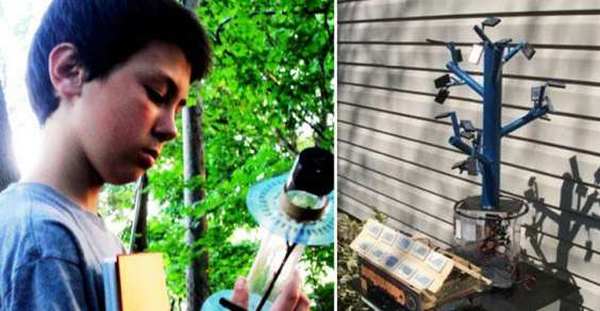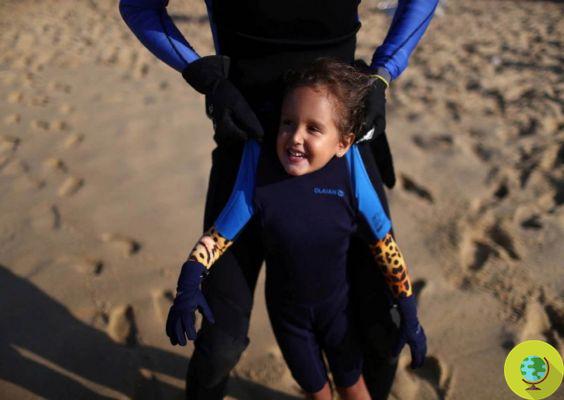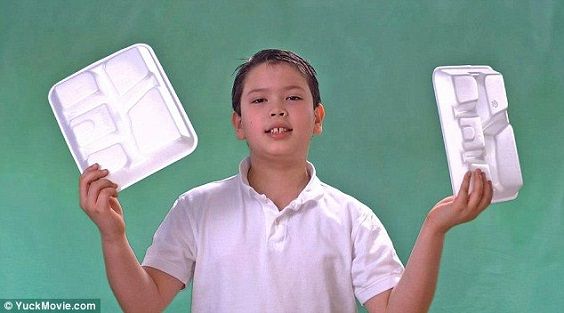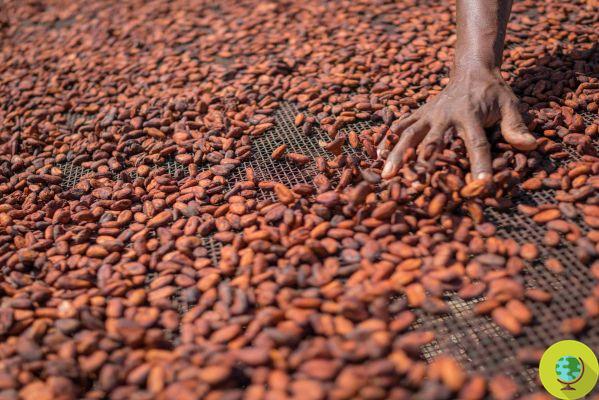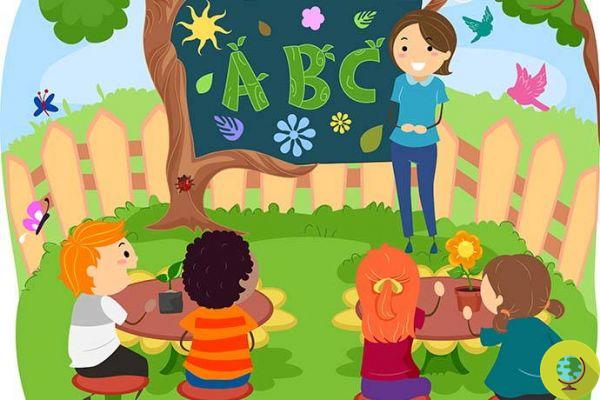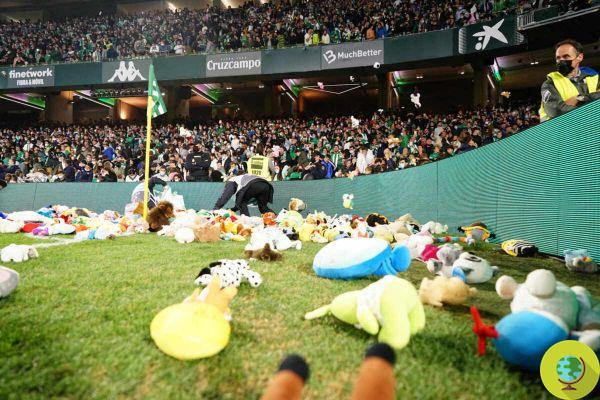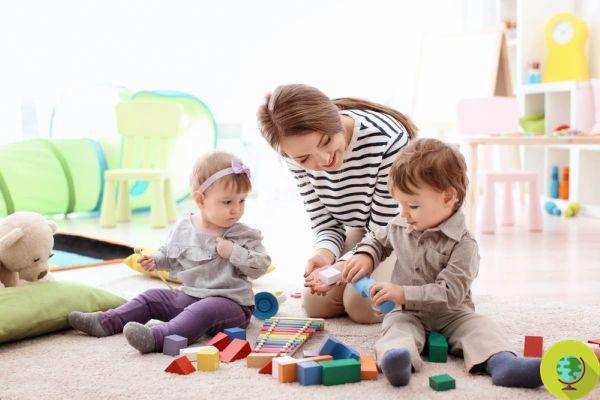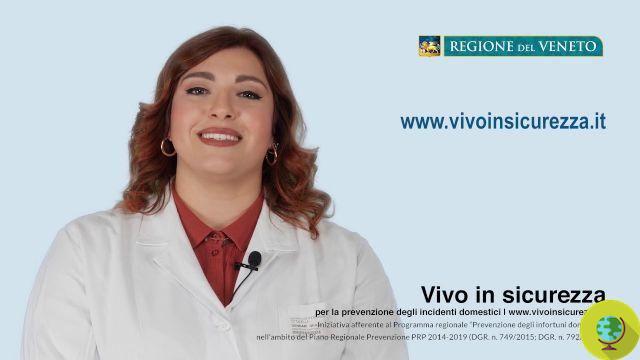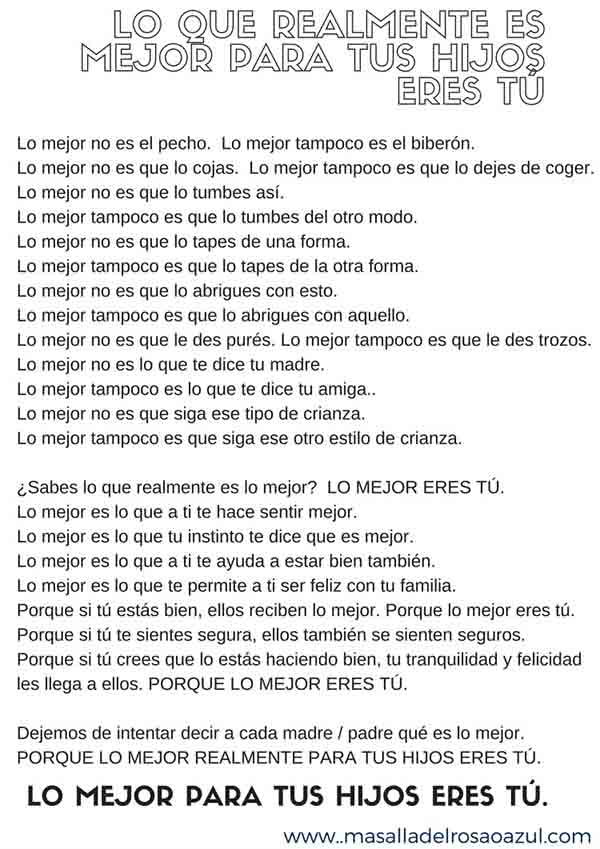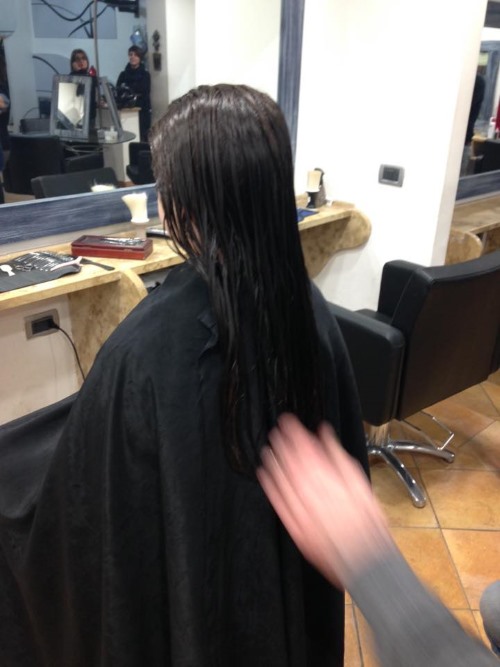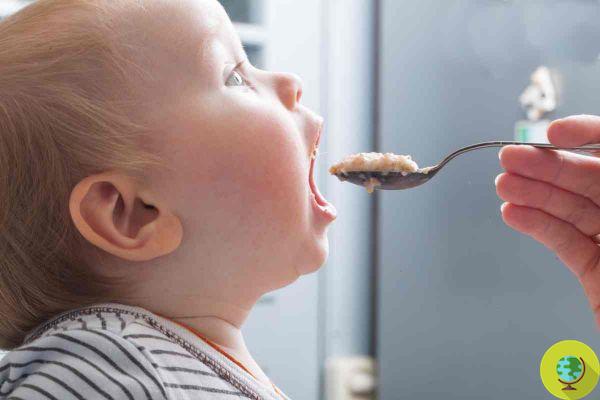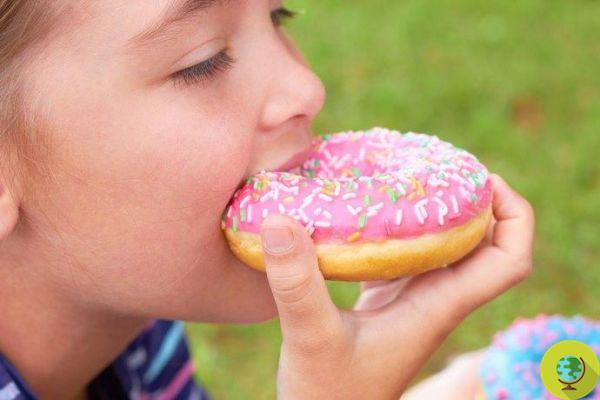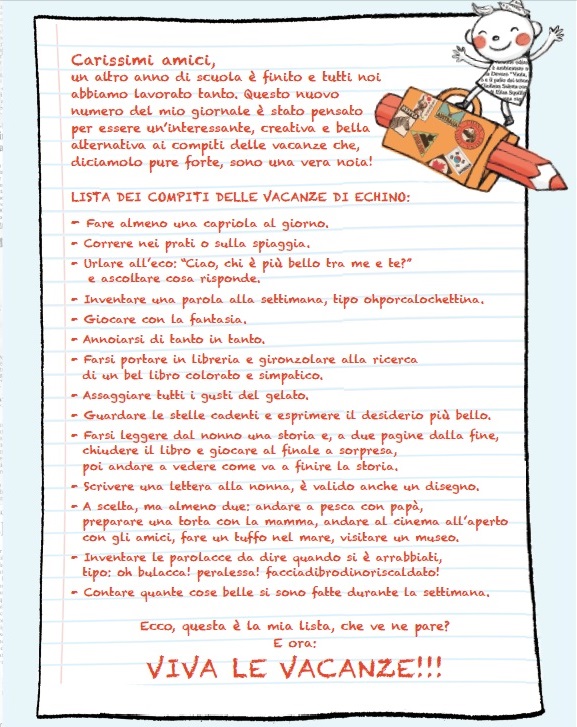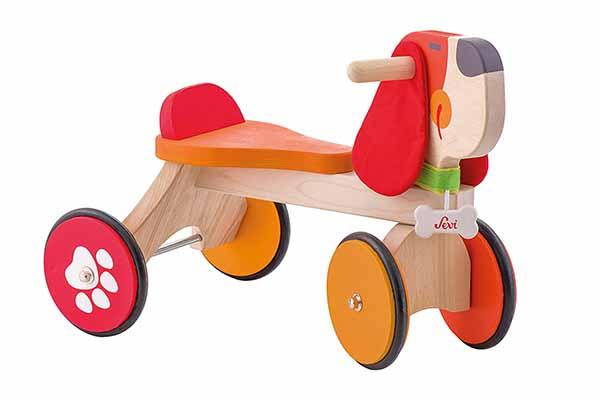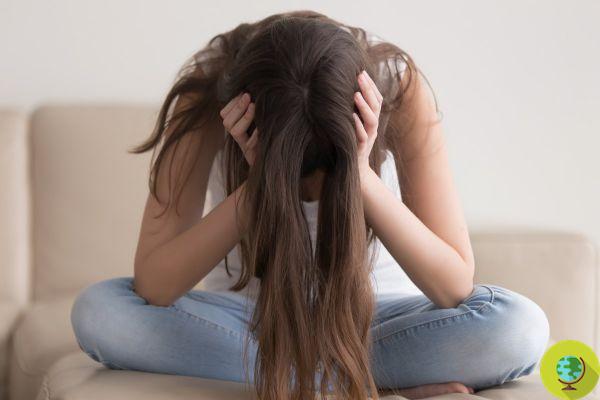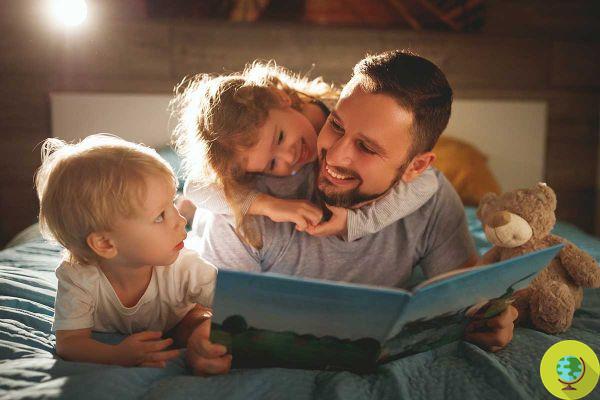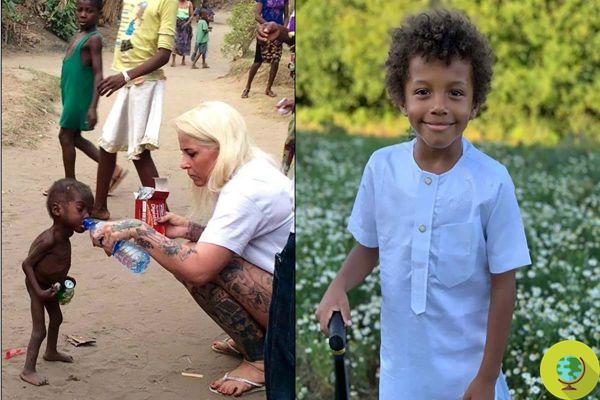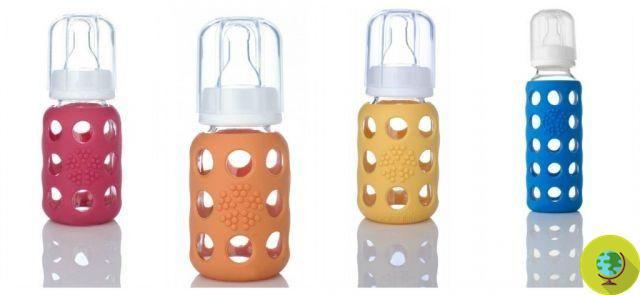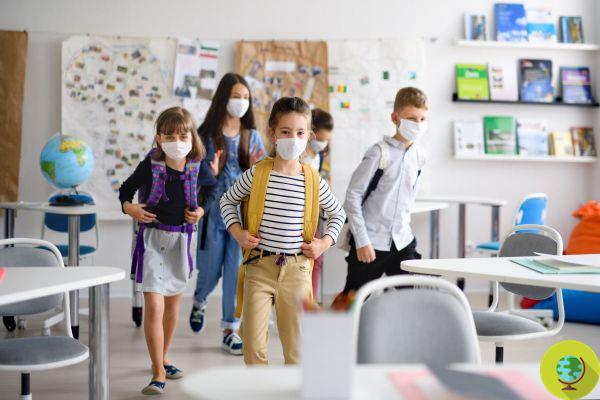Are the crayons used by our children really safe? A new study, conducted by the German journal OkoTest, looked at the best known by finding toxic and carcinogenic substances
Don't store avocado like this: it's dangerousAre the crayons used by our children really safe? A new study, conducted by the German journal OkoTest, looked at the best known by finding toxic and carcinogenic substances.
Although designed specifically for the little ones, crayons are "polluted" that is, they contain components that should be well away from children's hands, and especially from their mouths as children often tend to gnaw on colors.
15 types of pastels ended up on the test bench and very few were passed with flying colors. Whether they are for the "grown-ups" that is the thin pencils for those over 3 years old, or for the little ones, the classic pencils, dangerous dyes have been found inside them. Toddler crayons often contain carcinogenic or suspected aromatic amines.
The latter probably derive from azo dyes, considered inexpensive, light, stable and easy to work with and for this reason used by the textile, food and beverage, pharmaceutical, cosmetic and paint industries.
According to prof. Jan Hengstler, director of the Toxicology Research Center of the Technischen Universität du Dortmund
“It is possible in principle that aromatic amines on the skin or in the body can be separated from azo dyes, for example by bacteria. Presumably, the quantities released by the crayons are relatively small but it is usually difficult or even impossible for the substances tested to establish a threshold below which there is no longer any risk. Manufacturers should therefore follow the precautionary principle and generally only produce colors that do not contain carcinogenic or suspected aromatic amines ".
In fact, by putting them in their mouth, children can swallow even small parts.
THEanalysis conducted by the German magazine has followed strict methods and the results are by no means encouraging, as the following table shows. Overall, 5 types of pastels were classified as very good or good (marked green). They are the brands: Real, Bic, Binney & Smith, Eagle Kreativ and Staedtler. In the middle of the ranking, consider satisfactory, troviamo: Herlitz e Eberhard Faber.
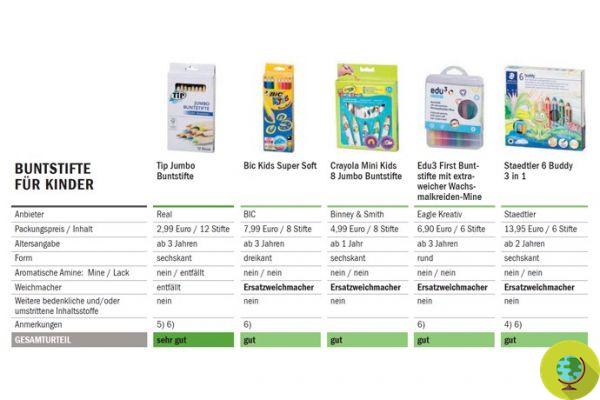
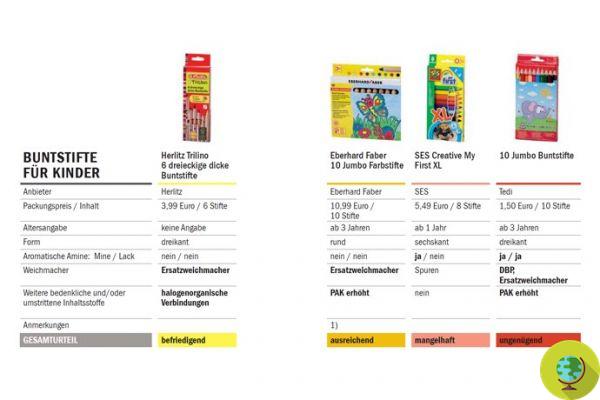
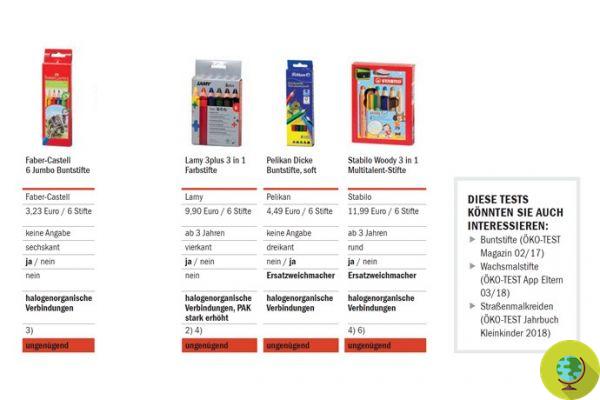
Unfortunately, those withheld insufficient, are not few and are among the best known and most purchased brands: Tedi, Faber-Castell, Lamy, Pelikan and Stabilo, containing the so-called organohalogenates, i.e. organic compounds that contain in their molecule at least one halogen atom (bromine, chlorine, fluorine, iodine). Widely used in industry as solvents, degreasers and plasticizers, and in agriculture as pesticides, they are often a major cause of water pollution. The substances considered to be such as to make all the waste containing them toxic and harmful are part of the substances.
What to do? Unfortunately we cannot completely protect our children from pollutants, toxic and carcinogenic substances, but we try to be careful before buying and we prefer natural pastels, choosing consciously among all the brands on the market.
We receive and publish the reply from the Fila Group:
The FILA Group, following erroneous and deliberately defamatory news written by the German OKO Test Magazine and taken up by you, states that all its crayons (Giotto baby and Lyra brand) are safe and certified according to CE EN71 standards by official institutes and that comply with all the most stringent European regulations in force.
Fila reports that OKO Test Magazine is a magazine - not a recognized body - and the tests published by them are not those required by the European legislator, to protect the safety of products classified as toys for use by children.
STABILO is also of the same opinion, penalized by the Oko tests. The company reiterates
“That the tests published by Öko-Test are not those required by the European legislator to protect the safety of products classified as toys for use by children. In fact, the magazine conducted research on colored pencils from various manufacturers, including STABILO woody 3 in 1, published on 27 September 2018 in the October 2018 issue. According to this research, STABILO woody 3 in 1 colored pencils have been tested and classified as "insufficient". ÖKO-TEST, however, used the EN 14362-1 analysis method, used to test fabrics and dyes that dye the fabrics themselves. This involves heating the test material to at least 70 ° C and adding a chemical. STABILO woody 3 in 1 colored pencils are classified as a toy according to EU directive 2009/48 / EC. Their safety must therefore be tested using the toy standard EN 71 / 9-11. "
READ also:
- Natural dyes: how to make various colors starting from common ingredients
- Painting with your hands: homemade natural colors for our little artists
Francesca Mancuso




